Weigh up the Pros and Cons
Schedule your FREE in-home, no-obligation consultation today!
You’ll have plenty to think about when looking for new windows. Whether you need replacement windows or windows for new constructions, you’ll have some thinking to do. You’ll have to make decisions based on frame materials, energy efficiency, glazing options, and more. Before any of those things, you’ll have to choose the right type of window. Different types of windows have pros and cons that you’ll want to know about so that you choose the right ones.
Keep on reading to see what’s available and what various types of windows have to offer.
Contents
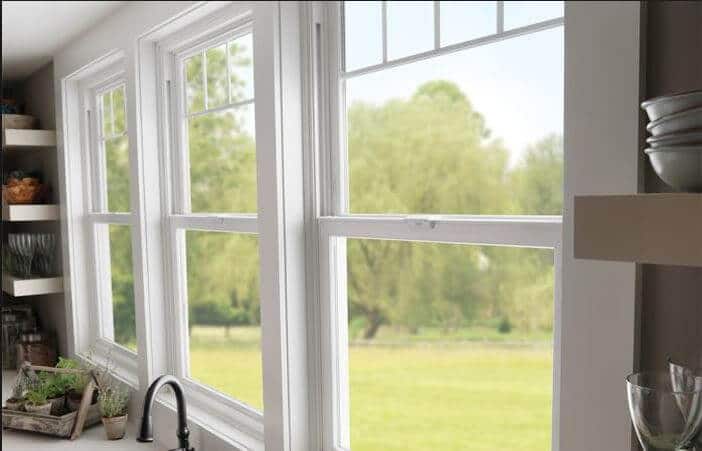
Single-hung and double-hung windows are among the most popular styles available. Chances are you have them in your home right now — perhaps without ever knowing what they are called. Single-hung windows have one sash, and double-hung windows have two sashes. The sashes slide up and down within tracks. They are usually installed in homes that feature classic traditional styling. It’s not uncommon to find them in homes with a traditional-modern style either.
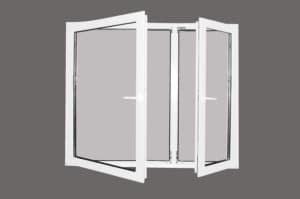
Casement windows crank open horizontally on hinges that are affixed on one side at the top and bottom. While one side is stationary, the other side pivots open, similar to how a door opens. In terms of popularity, they are second only to double-hung windows. If you want a more modern style, then casement windows are a better choice compared to double-hung windows. Casement windows are also great at directing breezes into your residence.
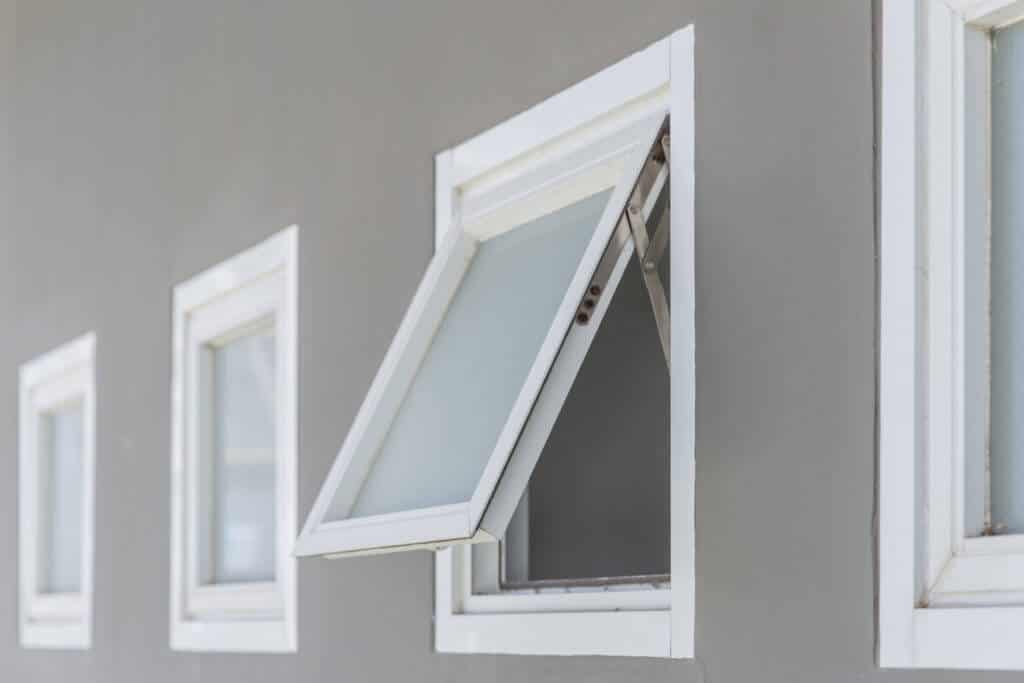
Awning windows work the same way as do casement windows. Specifically, they’re opened and closed using mechanical cranks. One major difference, however, is that awning windows are opened and closed from the bottom using the crank. The top edge remains stationary while the bottom portion moves outward and up. These types of windows are usually used in basements.
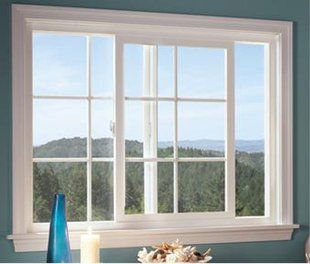
Slider windows are mechanically straightforward. It’s made up of side-by-side windows. These windows slide horizontally along the tracks on the top and the bottom. On the one hand, some slider windows feature two sliding windows. On the other hand, some slider windows feature one sliding window while the other is stationary. Slider windows are common in mid-century modern homes styles.
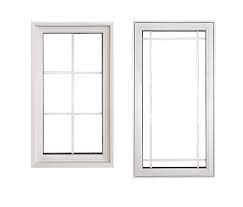
A fixed window has a fixed glass pane that doesn’t move. So, it can’t be opened or closed. If you want a window that lets in a lot of natural light, you’ll want to consider fixed windows. Before installing them, however, ensure that neither ventilation nor egress is required. You can get fixed windows in various shapes and sizes. They’re also very energy efficient. You can consider using them in family rooms, basements, living rooms, and dining rooms.
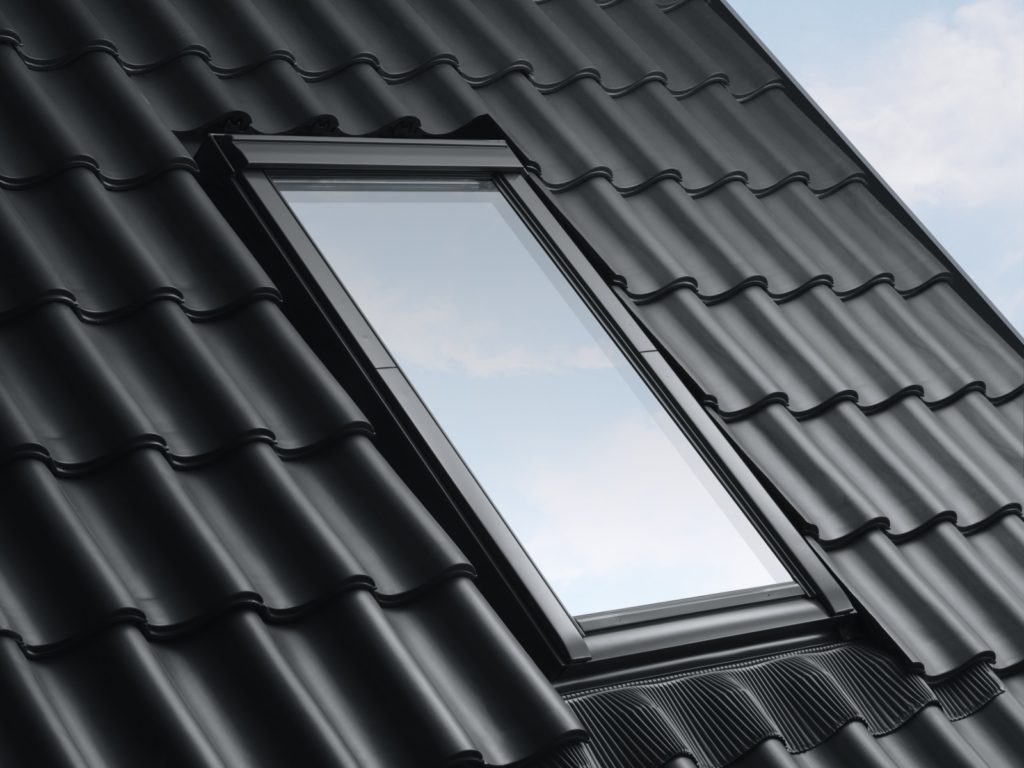
While the terms roof window and skylight tend to be used interchangeably, there are differences. A skylight is a fixed window installed in a roofline. A roof window is a window that can be opened and closed. Both these types of windows are used to allow light into upstairs areas or attics.
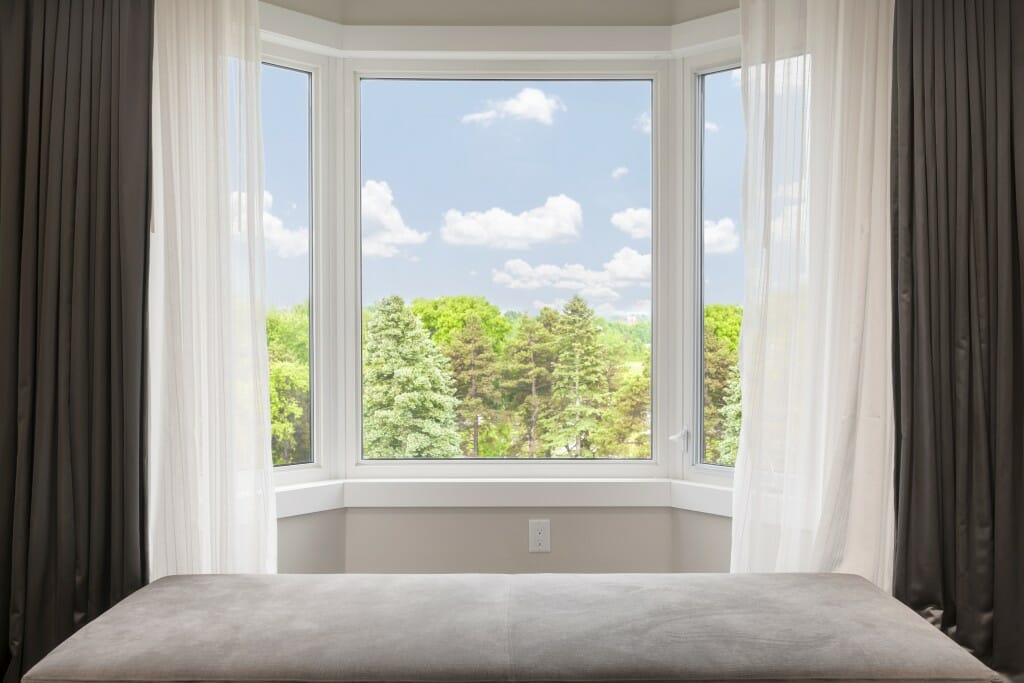
Bay or bow windows are groups of windows that combine to create a unit that protrudes outward from the walls of your home. These windows are referred to as bay when the configuration of the extension looks somewhat like a square. These windows are referred to as bow when the configuration is curved. Bay and bow windows are usually formed with a fixed center picture window with one or more sets of casement windows or double-hung windows. These types of windows are a good fit for living rooms, dens, or parlours.
Falcon WD Windows and Doors is a trusted and reputable window and door replacement business in the Greater Toronto Area. We leverage our extensive knowledge and experience to help homeowners and businesses. You can count on us for the very best in the dependable, thorough, and efficient window and door installation services. For the help you need, get in touch. We’re here to help!
European-Style Tilt-Turn Windows Available in Toronto and the GTA
READ MORE ⟶
Falcon WD is Your Ideal Window Contractor in Toronto and the GTA
READ MORE ⟶
The Complete Guide to Window Panes for Your Home
READ MORE ⟶